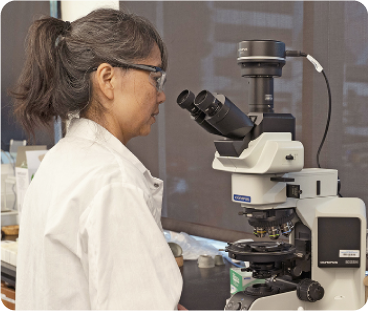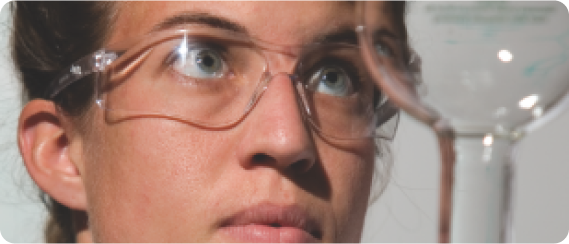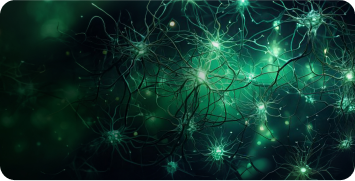
About Us
From two people to a company of more than 1,700, our purpose and values remain rooted in the needs of underserved patients worldwide.
Our History
Neurocrine was founded in 1992 by Wylie Vale, Ph.D., of the Salk Institute for Biological Studies, where he contributed to Nobel Prize–winning work in endocrinology, and award-winning Stanford University neurologist Lawrence Steinman, Ph.D. Since then, we have been developing treatments for rare and under-addressed diseases, sometimes in collaboration with other pharmaceutical companies.
The company’s diverse portfolio includes FDA-approved treatments for tardive dyskinesia, chorea associated with Huntington’s disease, classic congenital adrenal hyperplasia, endometriosis and uterine fibroids, as well as a robust pipeline including multiple compounds in mid-to-late phase clinical development across our core therapeutic areas.

Wylie Vale, Ph.D.
Neurocrine co-founder

Lawrence Steinman, Ph.D.
Neurocrine co-founder

Meeting the needs of underserved patients remains our purpose today and as we move into the future.
Our Dedication to Scientific Discovery
Pursuing new treatments requires a deep understanding of complex disease biology and an unwavering commitment to the drug development process. For more than 30 years, we have been dedicated to discovering and developing life-changing treatments for patients with debilitating neurological, neuroendocrine and neuropsychiatric disorders. From our earliest days, we have placed emphasis on making scientific contributions with the potential to shift treatment paradigms in significant ways.

Groundbreaking research in congenital adrenal hyperplasia
Our foundational work began in neuroendocrine disorders with our co-founder Dr. Vale’s discovery and study of corticotropin-releasing factor (CRF), an important stress hormone that regulates the release of adrenocorticotropic hormone (ACTH) from the pituitary gland. This work led to the understanding of key biological pathways involved in congenital adrenal hyperplasia (CAH), a rare, genetic, life-long and life-threatening disorder caused by an enzyme deficiency. Mentored by Dr. Vale, Dimitri E. Grigoriadis, Ph.D., first served as our Director of Pharmacology and Drug Discovery and led the development efforts of several CRF receptor antagonists for neuropsychiatric and neuroendocrine disorders. One of the compounds was crinecerfont, an investigational CRF1 receptor antagonist that was approved by the FDA in 2024 and brought innovation to a patient community that has not seen advancements in care in more than 70 years.

Unlocking the potential of VMAT2 inhibition
A passion for fulfilling unmet needs has guided our research efforts and ongoing perseverance throughout our history. Vesicular monoamine transporter 2 (VMAT2), a protein in the brain that packages neurotransmitters, such as dopamine, was identified in the 1990s. Less than a decade later, an understanding of the critical role of the VMAT2 pathway in regulating movement led scientists at Neurocrine to synthesize valbenazine, a VMAT2 inhibitor, with the aim of reducing the amount of dopamine released in the striatum. In 2017, after years of research and clinical trials, valbenazine was approved by the FDA for a first indication and for a second indication in 2023. We continue to study valbenazine in additional patient populations, including for certain neurological and neuropsychiatric conditions.
These achievements are a result of our dedicated R&D team that strives to make new discoveries and advance science in neurological, neuroendocrine and neuropsychiatric disorders each day. Propelled by our scientific curiosity, we have built a robust pipeline of investigational candidates, newly identified drug targets, and novel therapies in our pursuit of advancing treatments to fulfill unmet medical needs.
Our Values
Passion
We are driven and love what we do. We are committed to our goals and to making a difference.
Integrity
We do the right thing for patients and our community. We take accountability. We speak up.
Collaboration
We trust one another. We are inclusive. We are respectful. We are transparent. Together we succeed.
Innovation
We seek and create optimal solutions.
Tenacity
We do not quit. We adapt. We accomplish what others cannot.
Our Story
Hear more about Neurocrine from those who know us best—our employees

Investor Relations

Clinical Studies
